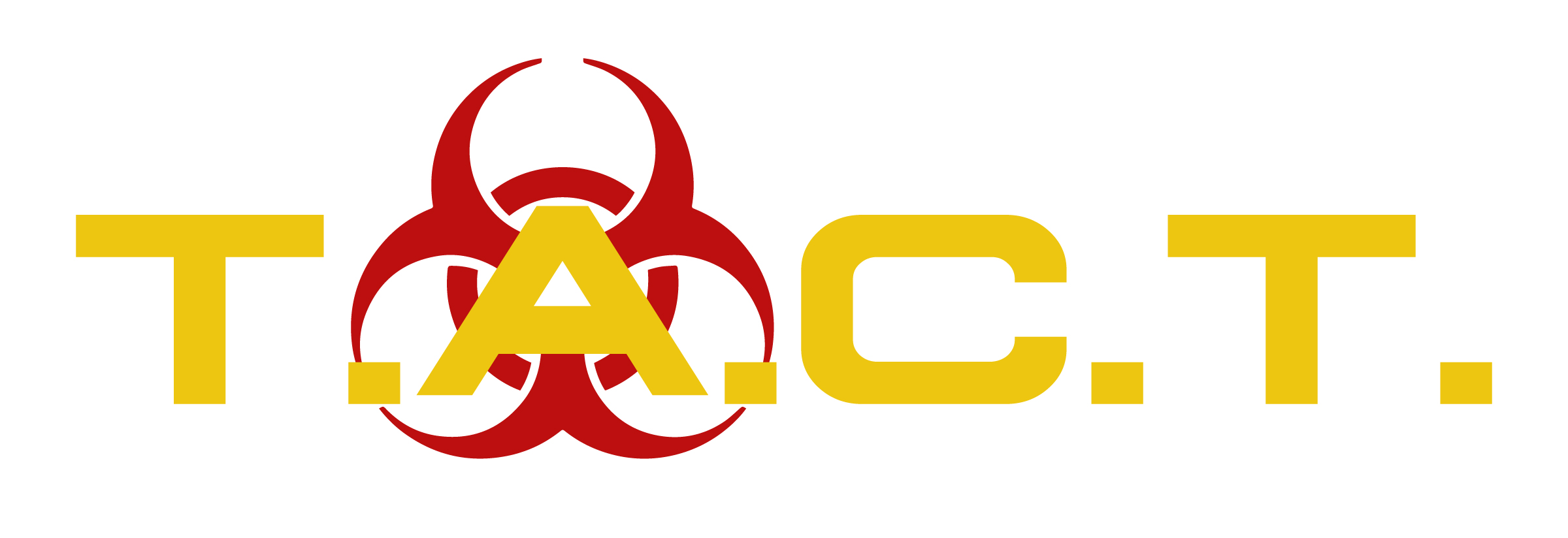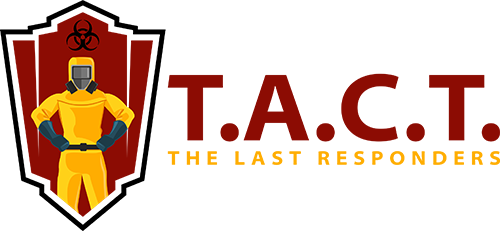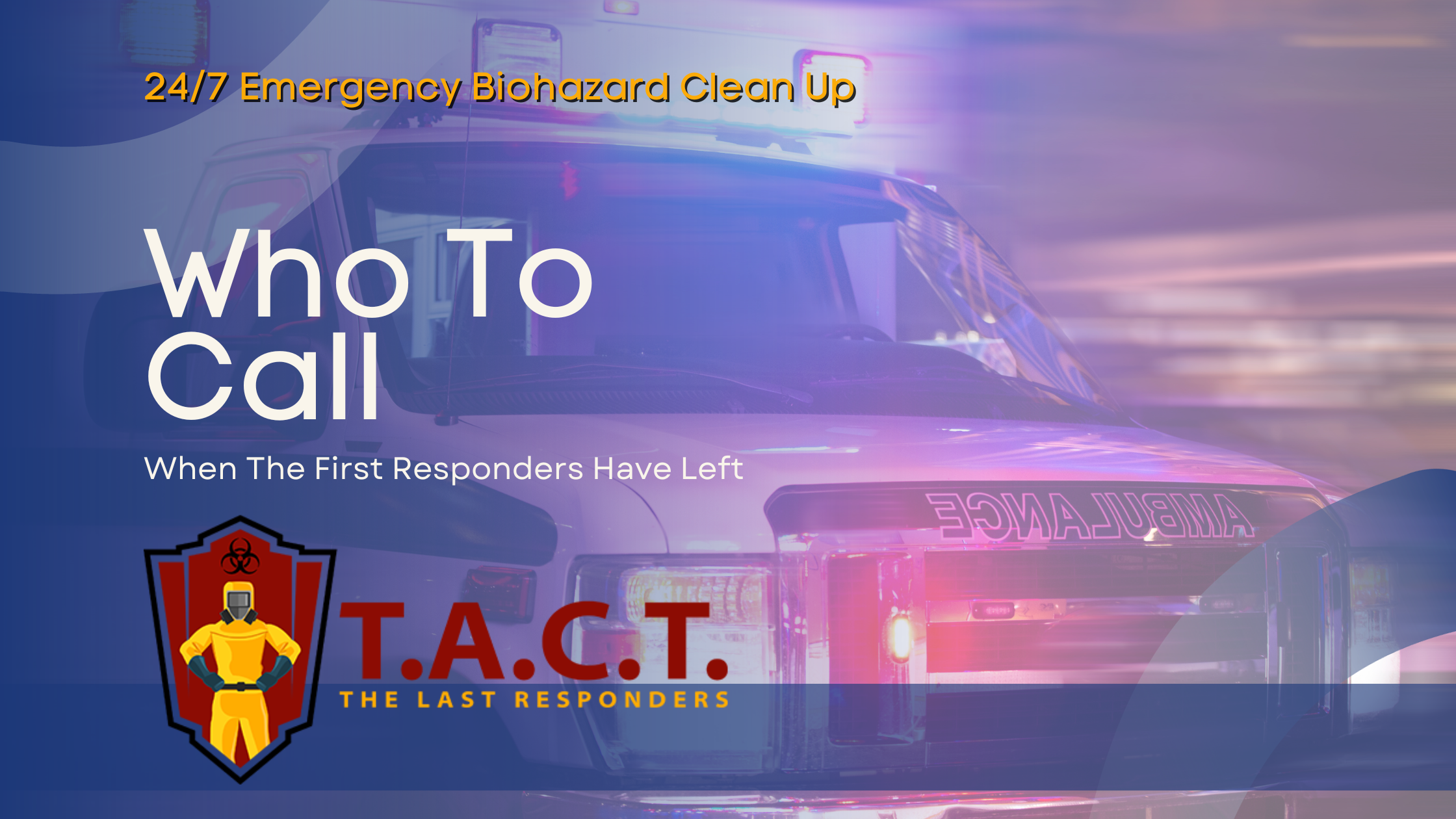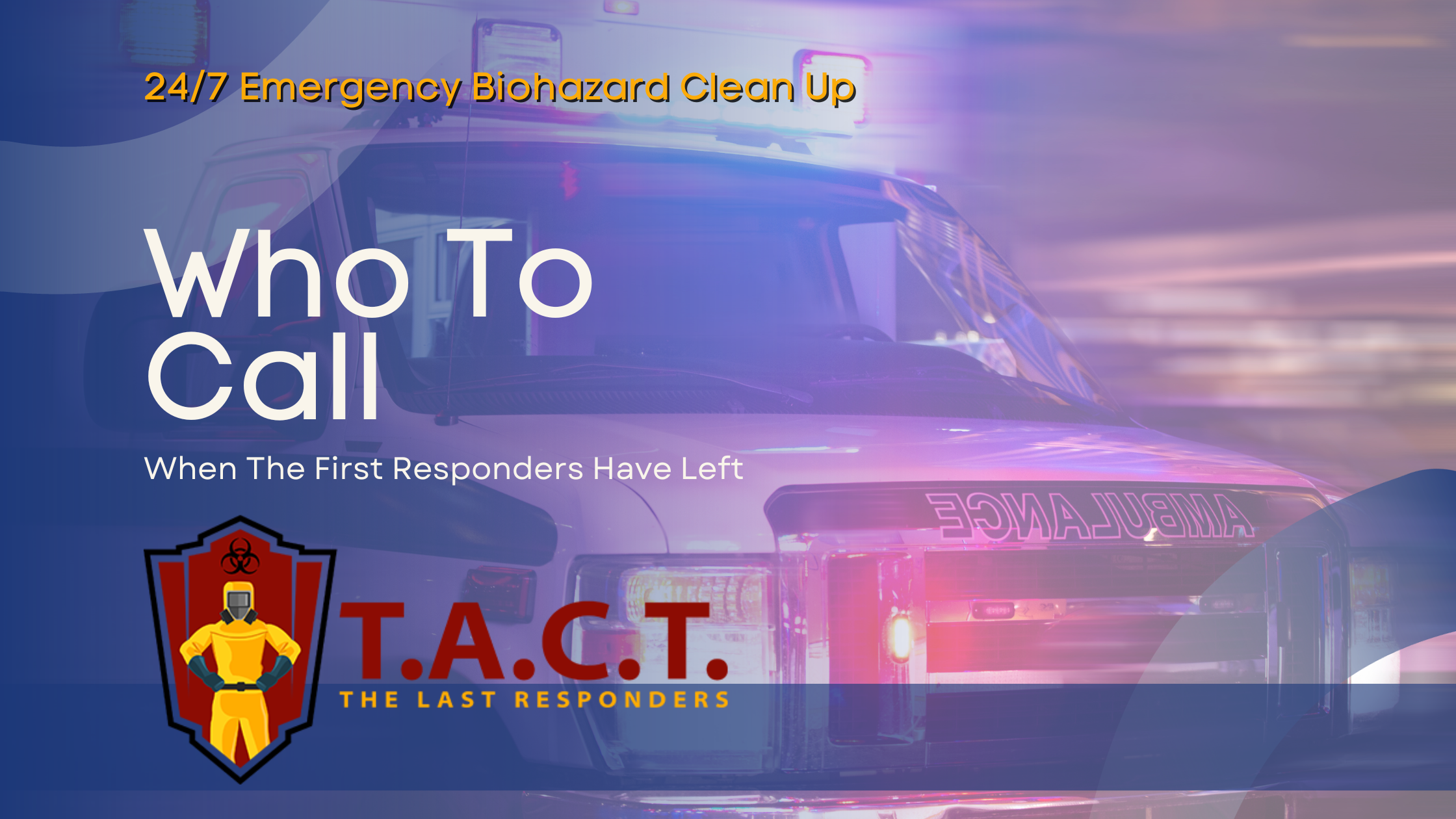The Ultimate Guide to Water Damage and Mold Removal

Essential Guide to Water and Mold Removal: Steps and Solutions
Water damage and mold growth can wreak havoc on homes and businesses alike. Whether it’s an unexpected flood, a slow plumbing leak, or lingering humidity, these issues require immediate attention to mitigate health risks and prevent further destruction. This comprehensive guide will walk you through the essential steps to assess, remediate, and prevent water and mold-related damage, ensuring a safe and healthy environment for you and your loved ones.
Understanding Mold Growth
Mold is more than just a household nuisance; it’s a pervasive problem that thrives under specific conditions:
The Right Environment: Mold thrives in damp, humid spaces and can grow on almost any surface, including walls, floors, and furniture. High humidity, water leaks, or flooding events provide the perfect breeding ground.
How Mold Spreads: Once mold spores take hold, they spread quickly, leading to health risks and structural damage. Mold exposure can cause allergic reactions, respiratory issues, skin irritation, and even chronic health problems for sensitive individuals.
Types of Mold: While some types of mold, such as harmless surface mold, are relatively easy to manage, others like Stachybotrys (black mold) demand swift professional intervention due to their associated health risks.
Prevention Tip:
Control humidity (keep it below 50%), fix water leaks promptly, and improve ventilation in spaces prone to dampness, such as bathrooms and basements.
Assessing Water Damage
Before tackling mold, you must assess the extent of water damage. This step determines what materials need to be repaired, replaced, or salvaged and the equipment necessary for remediation.
Steps to Assess Water Damage:
Identify the Source:
Pinpoint the source of water intrusion, whether it’s a leaky pipe, roof damage, or natural flooding.
Evaluate Impacted Zones:
Inspect walls, floors, ceilings, and furniture for visible signs of damage or moisture retention.
Use Moisture Meters:
Leverage professional tools to detect hidden wet spots within walls or under flooring.
Check for Mold:
Look for visible mold growth or musty odors, signaling that mold remediation may also be needed.
A professional inspection ensures a thorough evaluation and helps you avoid overlooking potential hazards.
The Mold Remediation Process
Mold removal requires an organized, step-by-step approach to ensure lasting results. Here’s a breakdown of what to expect:
Step-by-Step Guide to Mold Remediation:
Assessment – Conduct detailed testing to identify the scope of the problem and affected areas.
Containment – Seal off the contaminated area to prevent mold spores from spreading.
Removal – Physically remove mold from surfaces and dispose of affected materials like drywall or insulation.
Cleaning and Air Filtration – Use HEPA vacuums and air scrubbers to remove remaining spores from the air.
Prevention – Identify and fix any structural or environmental issues fueling mold growth.
Restoration – Replace damaged materials, paint walls, re-lay flooring, or make necessary structural repairs.
Professional mold remediation services deliver safe and effective results through expertise and proper equipment.
Mold Remediation Services: Why Go Pro?
While minor surface mold can often be tackled with DIY methods, professional services are indispensable for larger, more severe problems.
Benefits of Professional Mold Remediation:
Thorough Removal:
Services like containment, air filtration, and mold-damaged material replacement go beyond surface cleaning.
Health Safety:
Experts follow safety protocols to protect your family, employees, and themselves from harmful exposure.
Long-Term Protection:
Professionals identify the root cause of mold to help prevent it from returning.
Consider licensed professionals specializing in water and mold restoration to ensure peace of mind.
Preventing Mold Growth
Prevention is always better than remediation. With a few small changes to your environment, you can create conditions that mold would struggle to survive in.
Mold Prevention Tips:
Control Humidity:
Use dehumidifiers, especially in areas like basements or laundry rooms.
Fix Leaks Immediately:
Repair dripping faucets, damaged roofing, or cracked foundations before they lead to mold growth.
Improve Ventilation:
Ensure proper airflow in high-moisture areas such as bathrooms and kitchens.
Use Mold-Resistant Materials:
Upgrade to mold-resistant drywall or paint for added protection.
Follow a Cleaning Routine:
Regularly clean and inspect areas prone to dampness to prevent mold from taking hold.
Detecting Mold and Mildew Early
Detecting mold and mildew early is key to addressing the issue before it becomes unmanageable. Know the telltale signs:
Visible Mold:
Green, black, or white spots on walls, ceilings, or furniture.
Musty Odors:
A damp, unpleasant smell that lingers even after cleaning.
Physical Symptoms:
Allergies, sneezing, rashes, coughing, and breathing issues can indicate mold exposure.
Consider professional mold testing or reliable DIY test kits to confirm the presence of mold.
Insurance and Mold Damage
Mold damage can be emotionally and financially draining. That’s where homeowner’s insurance may help, but it’s important to understand your policy.
Key Insurance Takeaways:
Covered Incidents:
Most policies cover mold caused by sudden, accidental events like burst pipes.
What’s Excluded:
Damage caused by wear and tear or neglected maintenance is usually not covered.
Documentation is Key:
Photograph damage, track expenses, and maintain all correspondence with your insurance provider.
Consult with your insurance company early to ensure smooth claims processing.
Post-Remediation Clearance Testing
You’ve completed mold remediation—now ensure it was successful through clearance testing.
What Happens During Clearance Testing:
A trained inspector evaluates moisture levels and checks for evidence of mold.
Air samples are taken inside and outside the remediated area.
Results are analyzed to confirm the elimination of mold.
This final step provides peace of mind and guarantees the space is safe for occupation.
Restoration and Reconstruction
The aftermath of water and mold damage often requires restoration services to return your property to its original condition.
Common Restoration Tasks:
Replacing drywall, insulation, and flooring.
Painting walls and ceilings.
Addressing structural issues like beams or subfloors.
Investing in professional re-construction ensures cosmetic appeal and long-term durability.
Emergency Response Makes All the Difference
When water or mold damage strikes, time is of the essence. Emergency response services can prevent the situation from escalating into a costly disaster.
Benefits of Emergency Services:
Swift identification and containment of the issue.
Prevention of further structural and air quality damage.
Restoration begins sooner, getting you back in your home or business safely.
Technician Qualifications Matter
Ensure you hire certified mold remediation professionals to avoid recurring mold problems.
Look for:
Credentials from the Institute of Inspection Cleaning and Restoration Certification (IICRC).
Experience handling various mold conditions.
Proven track records in water damage restoration.
Technicians with these qualifications provide confidence and reliable results.
Take Control of Mold Problems Today
Addressing water and mold damage promptly isn’t just about protecting your property; it’s about safeguarding your health and peace of mind. Whether you’re dealing with minor leaks or large-scale flooding, understanding the basics of mold growth, remediation, and prevention can make all the difference.
When in doubt, seek professional assistance to ensure the job is done thoroughly and correctly. You deserve a safe and mold-free environment—start taking steps today to make that a reality.
Latest news

Nosy neighbors peeking? T.A.C.T. North Atlanta offers discreet biohazard remediation for rodent infestations, mold, hoarding, and more. Unmarked vehicles, quiet experts, full privacy—24/7 service at 470-781-4775.
Read More

